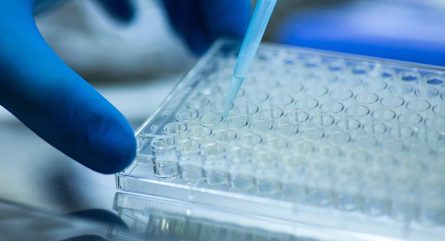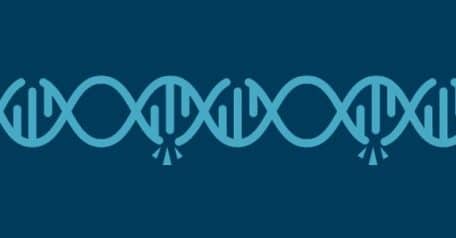Researchers are pushing the boundaries of CRISPR-Cas9 editing—and taking the science in different directions.
In one study, published in Nature Plants, researchers from Zhejiang University in China engineered a plant negative-strand RNA virus-based vector for DNA-free in planta delivery of an entire CRISPR-Cas9 cassette. The result? Single, multiplex mutagenesis and high-frequency chromosome deletions in a model allotetraploid tobacco host. That report goes hand-in-hand with another study in Nature Plants, this one led by a Finnish researcher, which combined Cas9 and an XVE-based cell type-specific inducible system allowing target genes to be efficiently and conditionally knocked out at any stage in their development.
In a third study, this one published in Science and led by researchers from the Jennifer Doudna lab at the University of California, Berkeley, a 3D structure of a base editor was obtained, and it “provides a roadmap for tweaking base editors to make them more versatile and controllable for use in patients,” according to an article from the university.
Plant genome editing
The Chinese study succeeded in high-frequency chromosome deletions, the authors reported.
“Over 90% of plants regenerated from virus-infected tissues without selection contained targeted mutations, among which up to 57% carried tetra-allelic, inheritable mutations,” the authors wrote. “The viral vector remained stable even after mechanical transmission, and can readily be eliminated from mutated plants during regeneration or after seed setting.”
A byproduct of that success, they added, was minimal or nonexistent off-target effects that accompany high on-target activities. Overall, they called the process convenient, efficient, and cost-effective when it comes to CRISPR-Cas9 gene editing in plants through viral infection.
The Finnish study, meanwhile, hunts down the ability to disable a gene completely and conditionally, which would help in the case of overexpression.
“Our tool is easy to construct and will be particularly useful for studying genes having null alleles that are non-viable or show pleiotropic developmental defects,” the authors wrote.
A 3D structure
Base editors bind to DNA and replace one nucleotide with another. In medicine, the goal is to correct single-nucleotide mutations in human genomes, which could address more than half of all known genetic diseases.
The 3D structure from Berkeley, the school said, “provides a roadmap for tweaking base editors to make them more versatile and controllable for use in patients.”
It was produced using cryo-electron microscopy, a technology which won the 2017 Nobel Prize in Chemistry. Cyro-electron microscopy works by freezing a biological sample so it can be seen with the least possible distortion and the fewest possible artifacts.
The value of the structure is that researchers can now see base editing in action and understand when it works, when it doesn’t, and how to design new base editors to make them better.
“This collaborative project reveals the beautiful molecular structure of a state-of-the-art, highly active base editor — ABE8e — caught in the act of engaging a target DNA site,” stated study co-author David R. Liu.

























